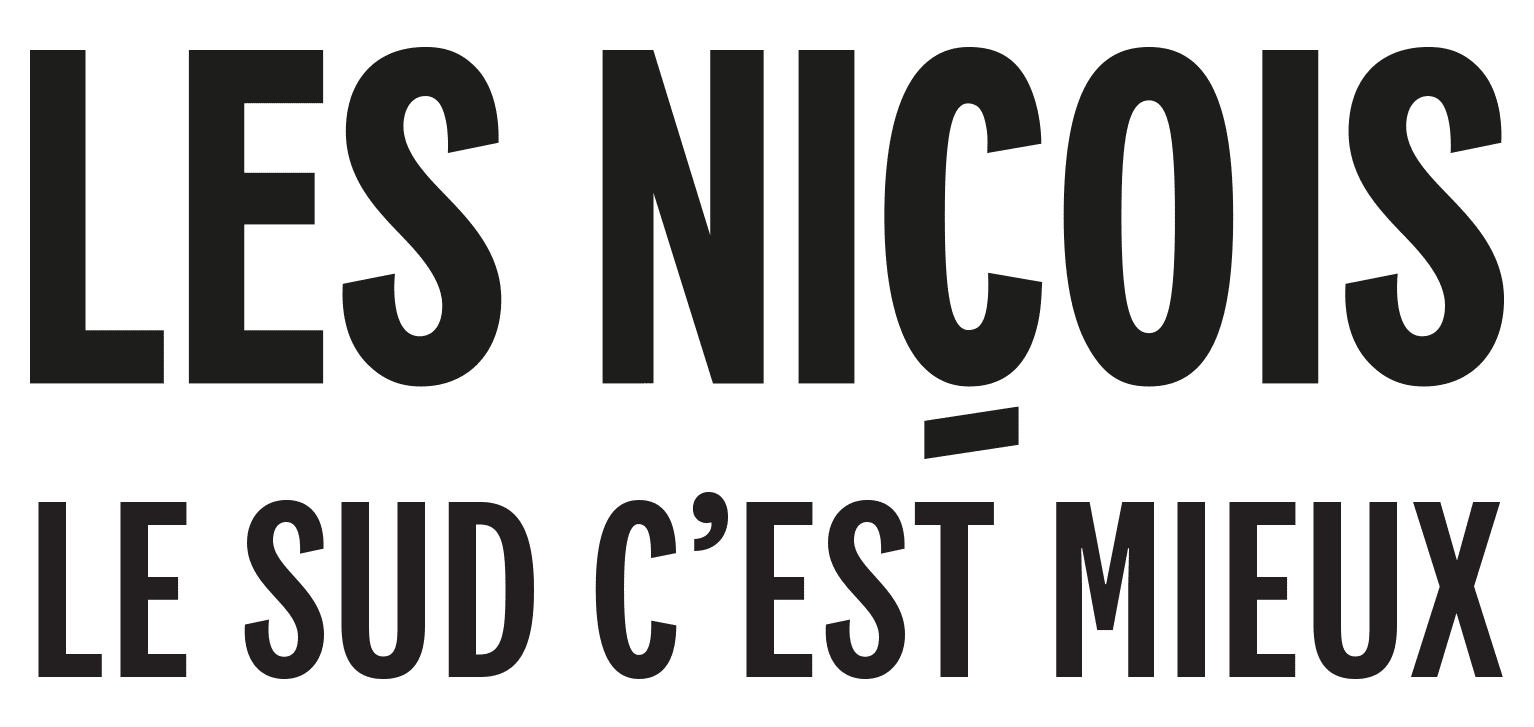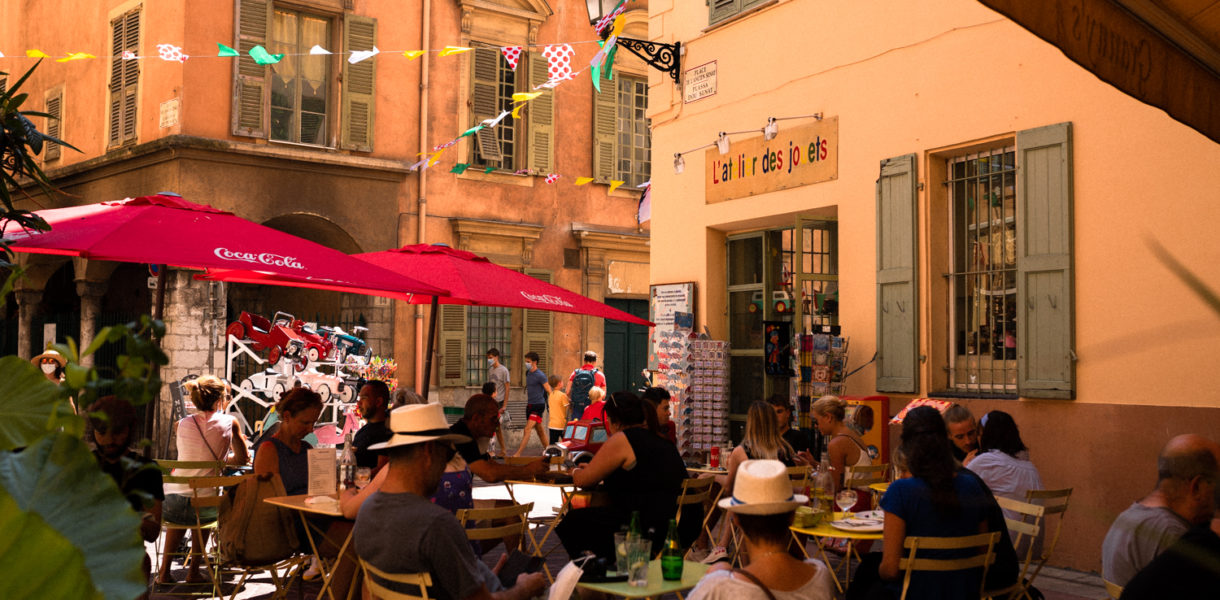
First advice: fast. In Nice, you’re going to get a taste of it, so be prepared.
After all, few mayors have devoted a reference book to the gastronomy of their city. In Nice, yes: the former mayor Jacques Médecin (mayor for 25 years) devoted 380 pages to the recipes collected at the end of the 19th century by his aunt Mietta, a peasant woman from the hill of Gairaut.
That was in 1972. Fifty years later, Nissa la Bella delights the palate more than ever. You have to visit its markets, push open the doors and be surprised. Moreover, with pan-bagnat and steaming socca, one wonders if this is not where street food was born, in a healthy version. Come on, take a stroll and bon appétit.
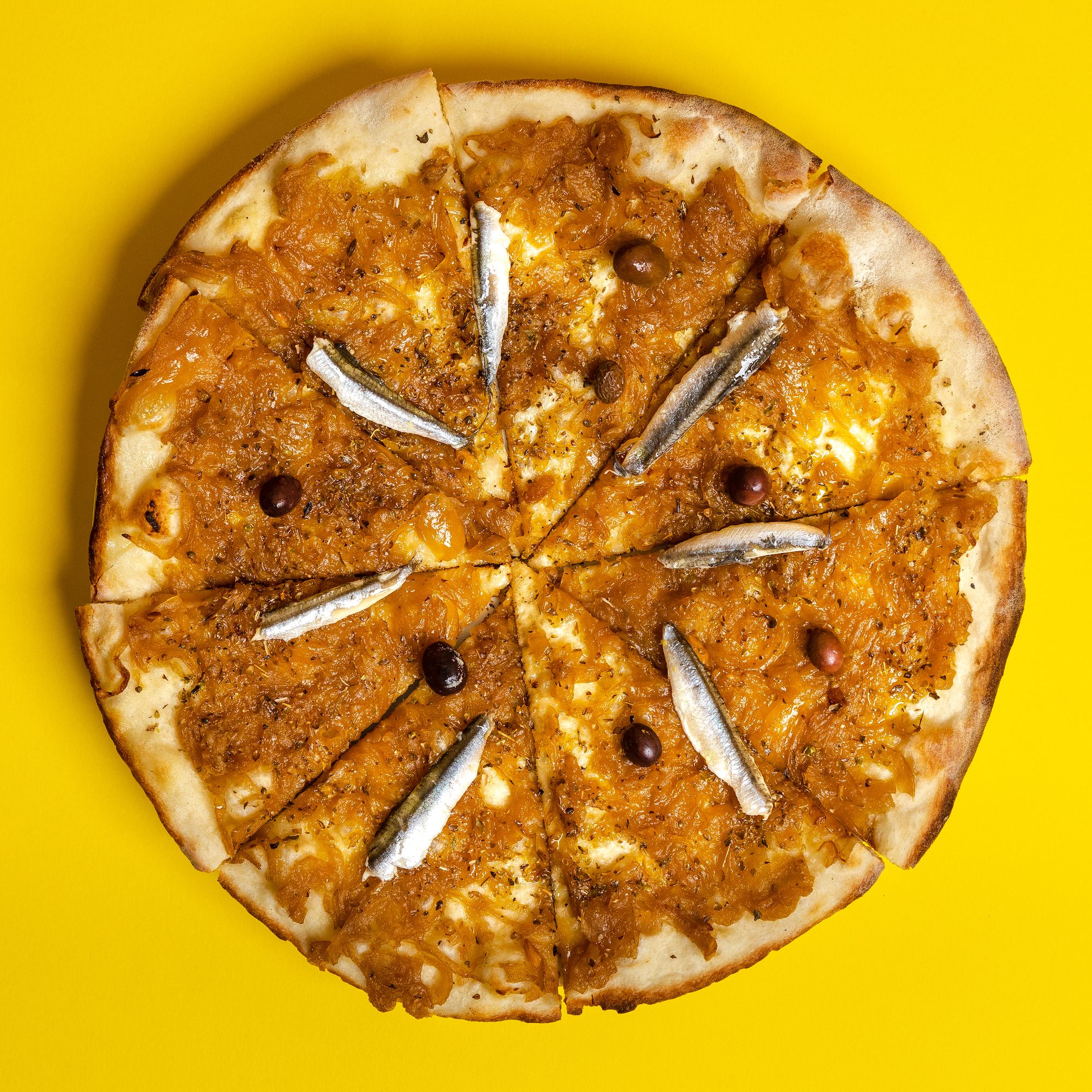
The best way to feel the pulse of Nice is to visit the Cours Saleya. Historic market, one of the most beautiful in the world, it is said. In this genre, it is difficult to do better. Strawberries from Carros and Carpentras, artichokes from Saint-Laurent, cébettes, courgette flowers for “li bignéta dé flou dé cougourdéta” and even the micro stall of aromatic herbs held by a small lady from the hinterland set the tone among the flower stalls, the other speciality of the region.
If you are intolerant, go to the marché Libération, between Avenue Malaussena and Place du Général de Gaulle. The Tintin kiosk, a reference for pan-bagnat, is in the area.
But the favorite of the inhabitants of Nice for this “bread bathed” in olive oil is La Gratta, near the port (56, boulevard Stalingrad). A shack facing the sea. A competition pan-bagnat to take away and to eat on the beach next to it́ with, in case of heavy heat, a real gratta kekka, the Nice equivalent of the Italian granita, and a slice of chard pie for dessert.
Save room for a slice of steaming socca and pissaladière to go at Socca d’Or (45, rue Bonaparte). And continue with an exceptional ice cream at Fenocchio (2, place Rosetti and 6, rue de la Poissonnerie). A Nice institution and still family-run, dating back to 1966, this master ice-cream maker plays the card of the classics with a low sugar content and also explores new flavours, such as olive ice-cream, calisson ice-cream, thyme and rosemary sorbet and even tomato-basil, with as a bonus the extraordinary “comté de Nice” ice-cream cake with candied mandarins.
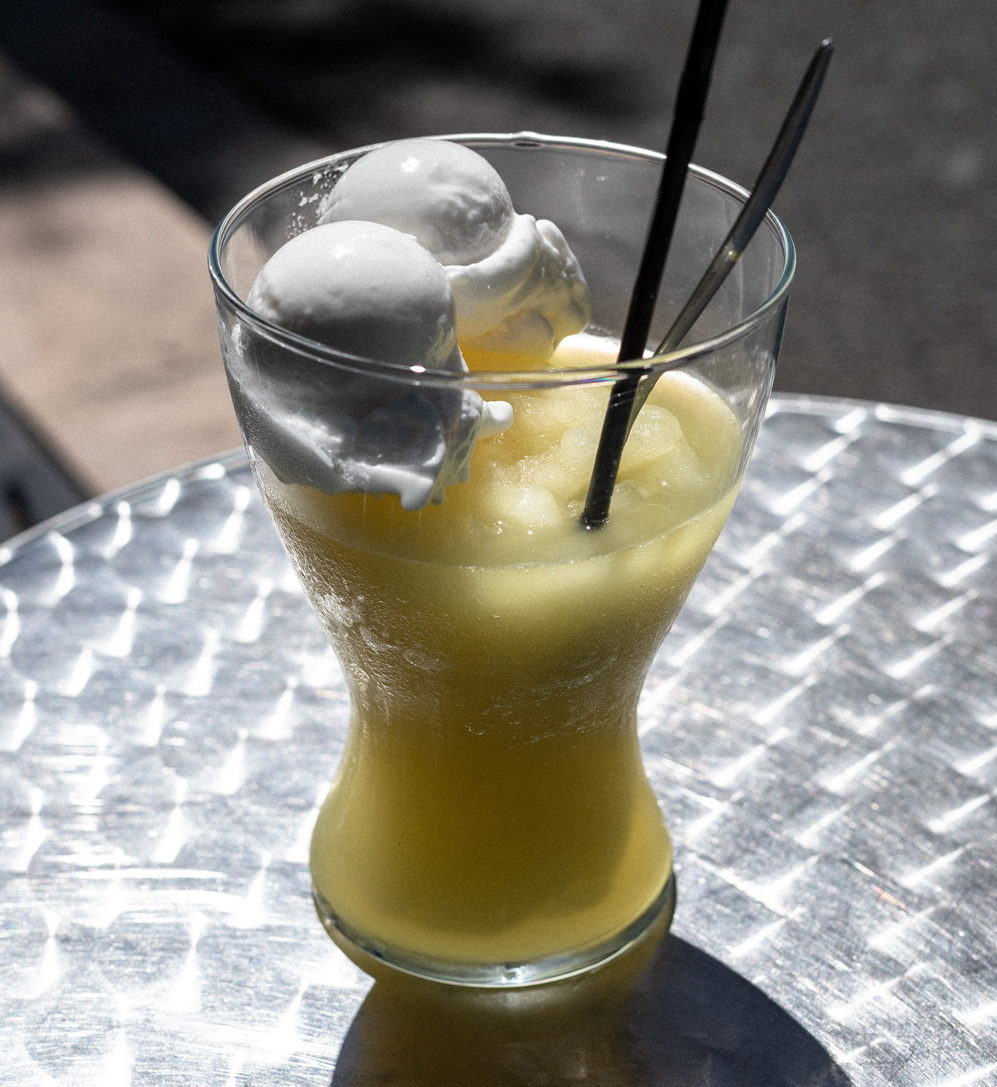
Not easy to bring back in your suitcase but a must, just like at Canastel (4, boulevard Gambetta, on the other side of the city) for a vitamin cure with lemon ice cream – try the Agua Lemon and you’ll tell us about it.
For a coffee, the Café de Turin has been welcoming you under the beautiful arcades of Place Garibaldi since 1908, and people flock there at the end of the year to snatch the most beautiful seafood platters. There are also long queues in the old town of Nice in front of the small Neron shop (15, place Saint François), where Louis Dubois, an ice-cream maker and pastry chef trained at the right school (Le Ritz, Pierre Gagnaire…) will titillate your senses with his chocolate sorbet and other strawberry or low glucose paris-brest.
Just next door are three fishmonger’s stalls, which are pretty crazy, both for the choice and for the personality of their owners. Continue the sweet adventure by pushing open the door of the Maison Auer chocolate shop (7, rue Saint François-de-Paule) to discover its hallucinating gilding and cream-coloured woodwork. Belmondo and Sophie Marceau shopped there in Lautner’s Joyeuse Pâques, but you don’t have to leave with a giant chocolate hen to discover the specialities of this address, which opened in 1820, including candied fruits according to a recipe handed down from father to son for five generations. You can take this home with you, as well as the Rigoletto pasta, olive oils, jams and Provençal honeys from Simon Lemasle’s cool neighbourhood grocery shop (17, rue du Lycée), and perhaps even the real ravioli from Nice stuffed with daube and panisses from Maison Barale (7, rue Sainte-Réparate), a vermicelli maker since 1892 – Alain Ducasse is a fan, that’s for sure, but has he visited the fresh pasta factory Maison Quirino (10, rue Balvastro), a bit younger since it’s almost a century old?
Don’t forget a rare pastis or a competitive rosé recommended by Olivier, the boss of La Part des Anges (17, rue Gubernatis), simply crowned cellar of the year 2020, nor the red curtain of the Cave de la Tour (3, rue de la Tour), still family-run since 1947: Jean-Philippe will know how to advise you. And then, because the people of Nice have a broad mind and a sense of mobility, we couldn’t fail to recommend les étals du marché d’Antibes and a trip to Vence.
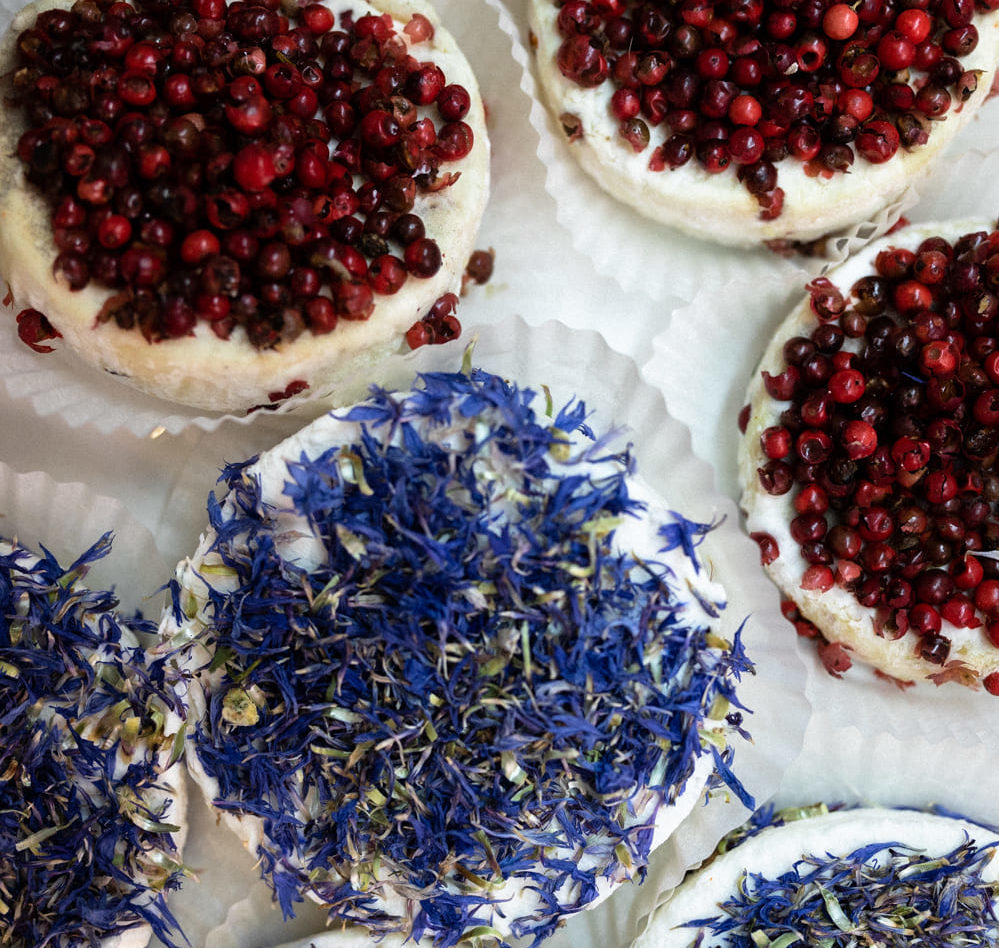
Among the obligatory passages, the Fromagerie Métin (18, rue du Marché), held by a former professional basketball player who is also president of the association of the master cheese makers of France. Usually offered from April to October, the cheeses of the Haut Pays niçois such as suole de la Brigue and tomme de la Roya are simply the best in the area. You can also visit the Poissonnerie des Halles in the old town of Vence, which is magnificent and committed, since it promotes local and sustainable fishing.
As for the porchetta niçoise… it is enthroned, like a saint of old Nice, in the tabernacle of the Gibaudo & Pottier delicatessen (29, rue Pairolière). To taste it is to touch the sublime.
